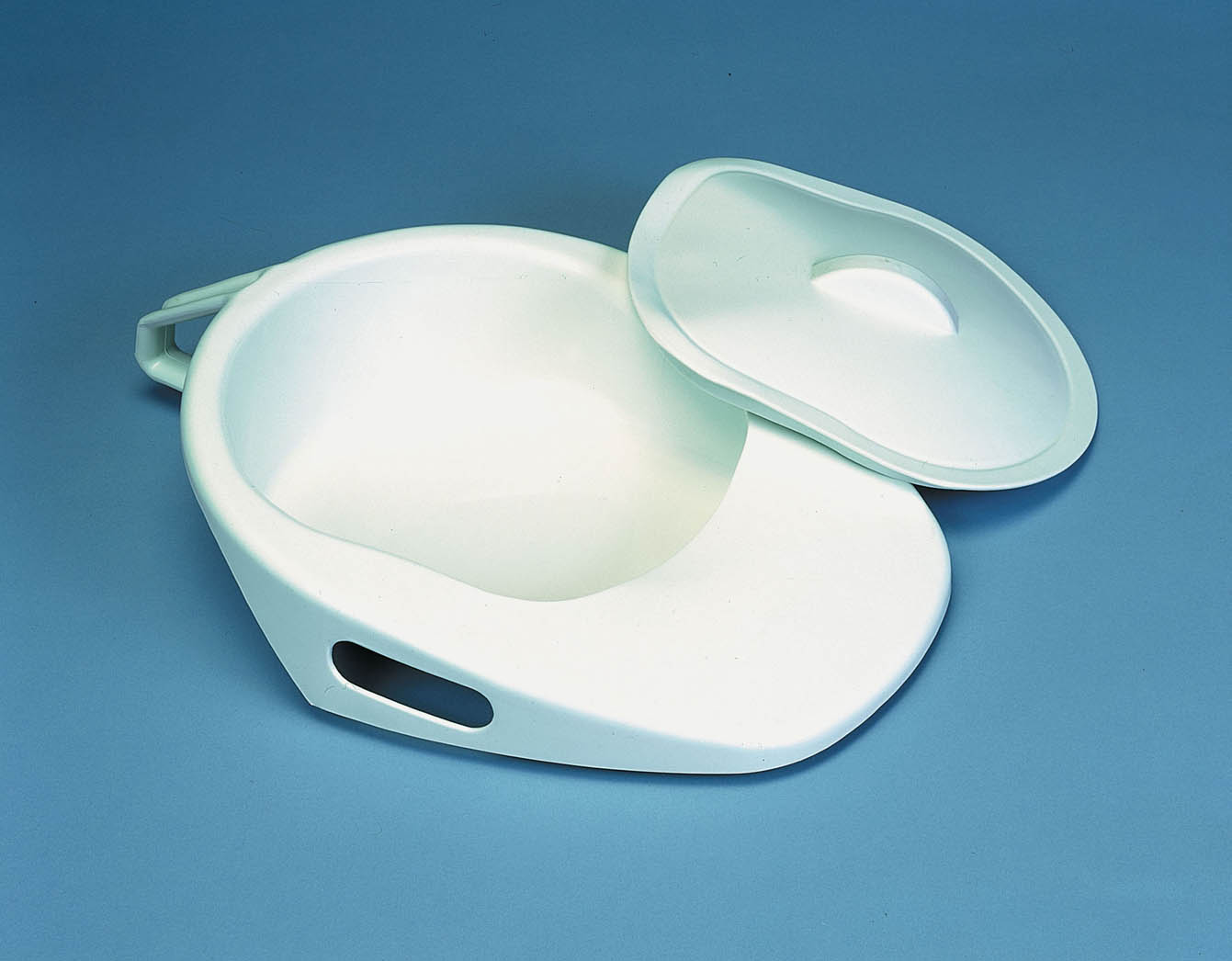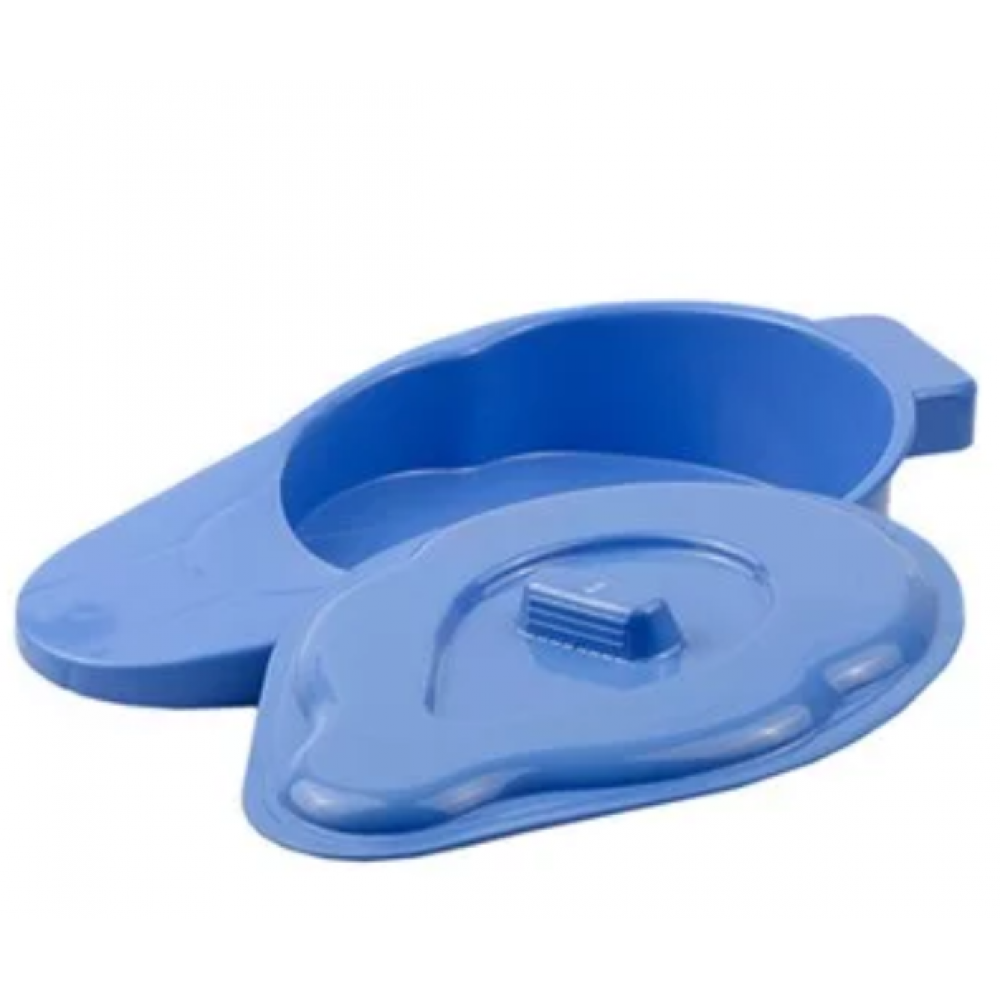
Only medical professionals can insert catheters. Catheters are not suitable for long-term usage as they increase the risk of urethral infection. A wheelchair or a walker can be used to assist the patient to the toilet.īedridden patient toilet options: what could be used if a person is unable to walk to the toilet? CathetersĬatheters are medical equipment used for draining urine by inserting a tube through the urethra and into the bladder.Grab rails should be installed in the bathroom as they provide the patient with extra support and stability.Toilet papers and wet wipes should be available in the bathroom!.Consider using a bedpan or urinal if the patient is too weak for walking!.Tips for assisting immobile patients to the bathroom: Due to impaired mobility, some patients need help with cleaning up after using the toilet.

Bed-bound patients may need the support of a caregiver to get out of the bed and walk to the restroom. If the medical condition and the physical status of the patient allow walking, then the bedridden patients should be assisted to the bathroom.īeing confined to bed and limited physical activity can lead to weakness and reduced coordination skills. Learn more about helping immobile patients to use bedpans or urinals! Assisting immobile patients to the bathroomīed-bound patients often prefer going to the bathroom with the assistance of a caregiver instead of using a bedpan or a urinal. Special medical equipment can help bedridden patients to use the toilet safely and with dignity. Being unable to use a toilet independently can have a negative impact on the patient’s psychological well-being and physical health. 6, 2022.How do bedridden patients go to the bathroom? For those that are bedridden using conventional toilets is often impossible. Healthy eating: Vitamins and minerals for older adults.Quality of life and psychological consequences in elderly patients after a hip fracture: A review.
FRACTURED HIP BEDPAN UPDATE
Update on medical management of acute hip fracture. Centers for Disease Control and Prevention. American Academy of Orthopaedic Surgeons. Hip fractures in adults: Epidemiology and medical management. If you don't feel steady when you walk, ask a health care provider or occupational therapist whether these aids might help. Have an eye exam every other year, or more often if you have diabetes or an eye disease. Make sure all rooms and passageways are well lit. Remove throw rugs, keep electrical cords against the wall, and clear excess furniture and anything else that could trip people. Drinking too much alcohol can also impair balance and increase the risk of falling. Tobacco and alcohol use can reduce bone density. Balance training also is important to reduce the risk of falls since balance tends to deteriorate with age. Exercise also increases overall strength, decreasing the risk of falling. Weight-bearing exercises, such as walking, help maintain peak bone density.

In general, men and women age 50 and older should consume 1,200 milligrams of calcium a day, and 600 international units of vitamin D a day. To avoid falls and to maintain healthy bone: The same measures adopted at any age might lower the risk of falls and improve overall health. Healthy lifestyle choices in early adulthood build a higher peak bone mass and reduce the risk of osteoporosis in later years.


 0 kommentar(er)
0 kommentar(er)
